The changing map of India from 1 AD to the 20th century
Shared by Pranab Kumar Kundu
Pranab Kumar Kundu
The changing map of India from 1 AD to the 20th century
Battles were fought, territories were drawn and re-drawn. An amateur historian has caught these shifts in a series of maps.

India’s history is speckled with the ruins of empires.
Kingdoms have periodically risen here, expanded and fallen, reshaping
with them the region’s culture and identity.
Amateur historian Thomas Lessman, who has been researching world history for over 20 years, has created a series of maps of India showing these shifts from 1 AD till the rule of the Delhi Sultanate. On his website Lessman says he “became frustrated while researching history because it's hard to find great maps. The best maps are in books that cost more than I make in a week... So I realised if I want free World History Maps, I’d have to make them myself”.
The maps provide a vivid history tour. They start from the time the Sakas or Indo-Scythians firmly established their presence in India.

The Indo-Parthian and Indo-Synthian era: 1 AD
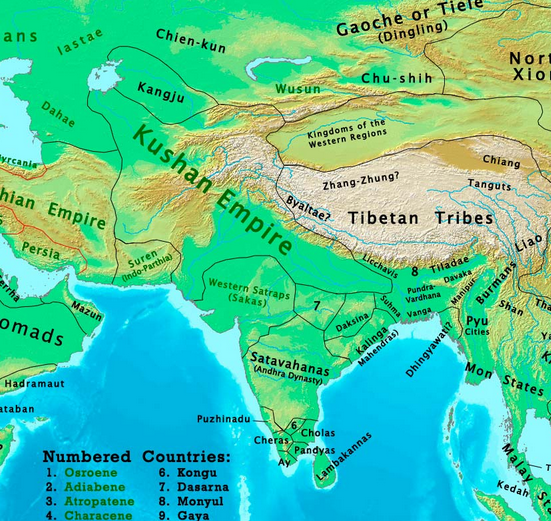
The Kushan Empire: 100 AD
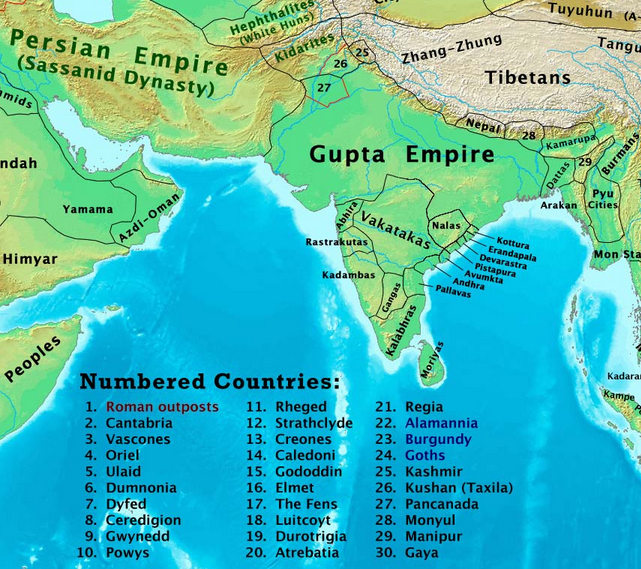

The Gupta and Huna Empire – 400 - 500 AD

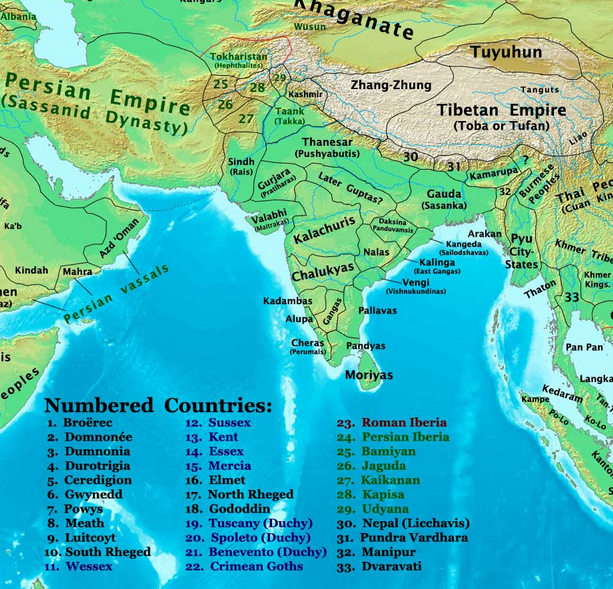

The Chalukyas ruled southern and central India from the 6th century to the 12th century. Kannada and Telugu literature thrived in this era, as did Chalukyan architecture. In the north, the Chachas dynasty began ruling over Sindh by 700 AD.
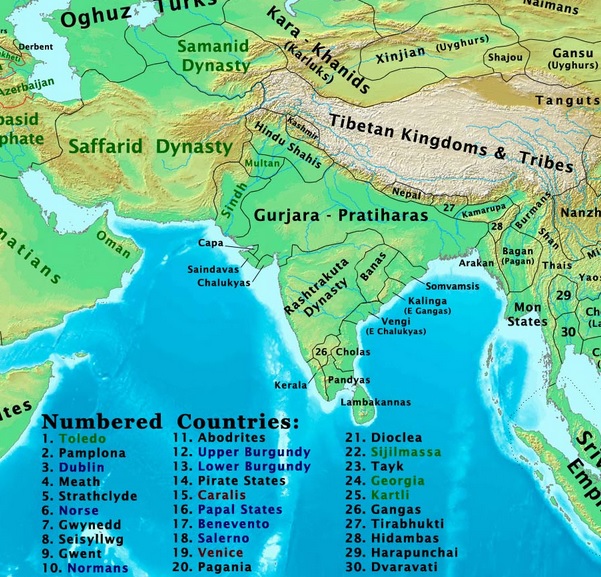
The Gurjar-Pratihara dynasty, in 900 AD, spread its kingdom from Rajasthan to the east in India. Meanwhile, the Deccan was under the Rashtrakuta dynasty.
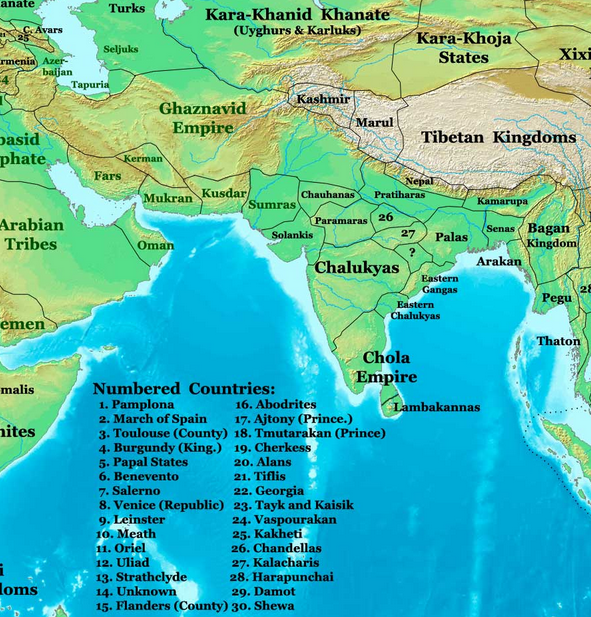
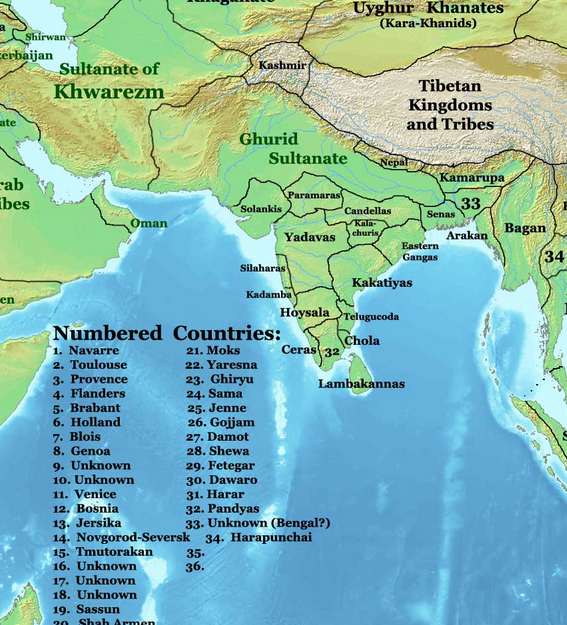

The Ghaznavid Empire gradually moved in and conquered India and later the Delhi Sultanate, a Delhi-based Muslim kingdom that stretched over large parts of India from 1206–1526, the fall of which eventually led to the Mughal rule in the country.

JOKE !
Amateur historian Thomas Lessman, who has been researching world history for over 20 years, has created a series of maps of India showing these shifts from 1 AD till the rule of the Delhi Sultanate. On his website Lessman says he “became frustrated while researching history because it's hard to find great maps. The best maps are in books that cost more than I make in a week... So I realised if I want free World History Maps, I’d have to make them myself”.
The maps provide a vivid history tour. They start from the time the Sakas or Indo-Scythians firmly established their presence in India.

The Indo-Parthian and Indo-Synthian era: 1 AD
Indo-Greeks
ruled India for over two centuries, during which time the fusion of
Indian and Hellenistic influences flourished. This map shows the
Indo-Parthian rule and the Indo-Synthian kingdom. The Indo-Scythians
were descendents of the Scythians who had migrated from southern Siberia
and displaced the Indo-Greeks.
Advertisement

The Kushan Empire: 100 AD
The
Kushan Empire was founded under Kujula Kadphises but it was under his
grandson, the Buddhist emperor Kanishka, that it reached its peak.
Kanishka expanded the kingdom till as far as Varanasi and captured areas
in present-day China.


The Gupta and Huna Empire – 400 - 500 AD
This
was the period of the domination of the Gupta Empire, referred to by
some as the Golden Age of India. During this time, literature, art,
astronomy and math flourished in the region and much of the subcontinent
was unified under one kingdom. The Huna Empire extended from parts of
eastern Iran to northwestern India. This proximity is the reason why,
some believe, the Huna tribe finds a mention in the Mahabharata.


After the collapse of the Gupta Empire, a minor line of the clan ruled in Magadha. Down south, the Kalabhras kingdom crumbled.

The Chalukyas ruled southern and central India from the 6th century to the 12th century. Kannada and Telugu literature thrived in this era, as did Chalukyan architecture. In the north, the Chachas dynasty began ruling over Sindh by 700 AD.

The Gurjar-Pratihara dynasty, in 900 AD, spread its kingdom from Rajasthan to the east in India. Meanwhile, the Deccan was under the Rashtrakuta dynasty.



The Ghaznavid Empire gradually moved in and conquered India and later the Delhi Sultanate, a Delhi-based Muslim kingdom that stretched over large parts of India from 1206–1526, the fall of which eventually led to the Mughal rule in the country.

By 1500 AD, the Rajput states had established their presence. The Vijayanagar Empire in the south was still strong.
JOKE !


কোন মন্তব্য নেই:
একটি মন্তব্য পোস্ট করুন